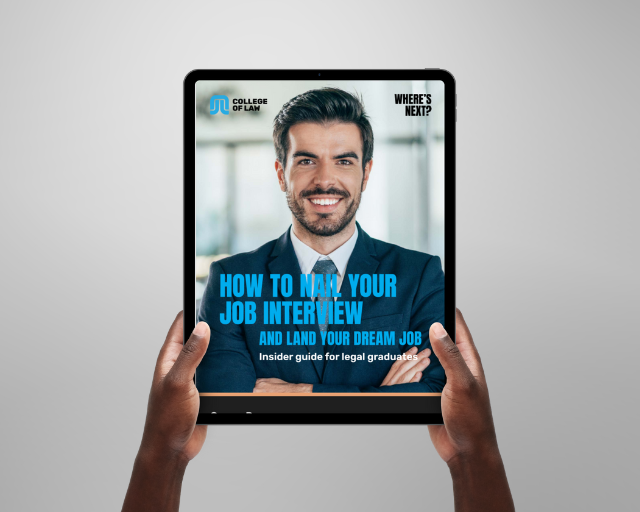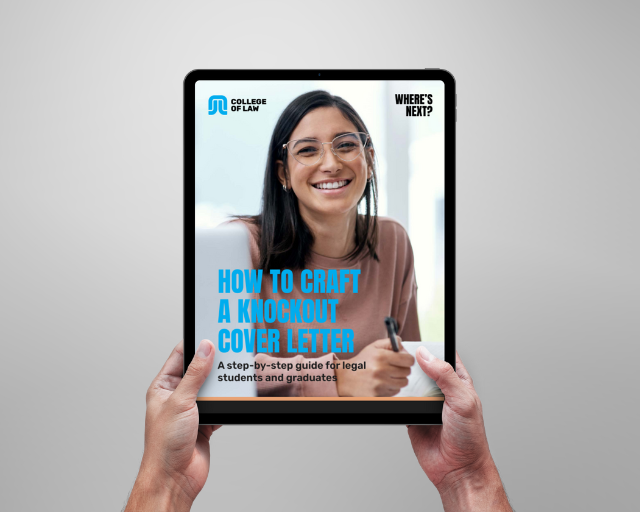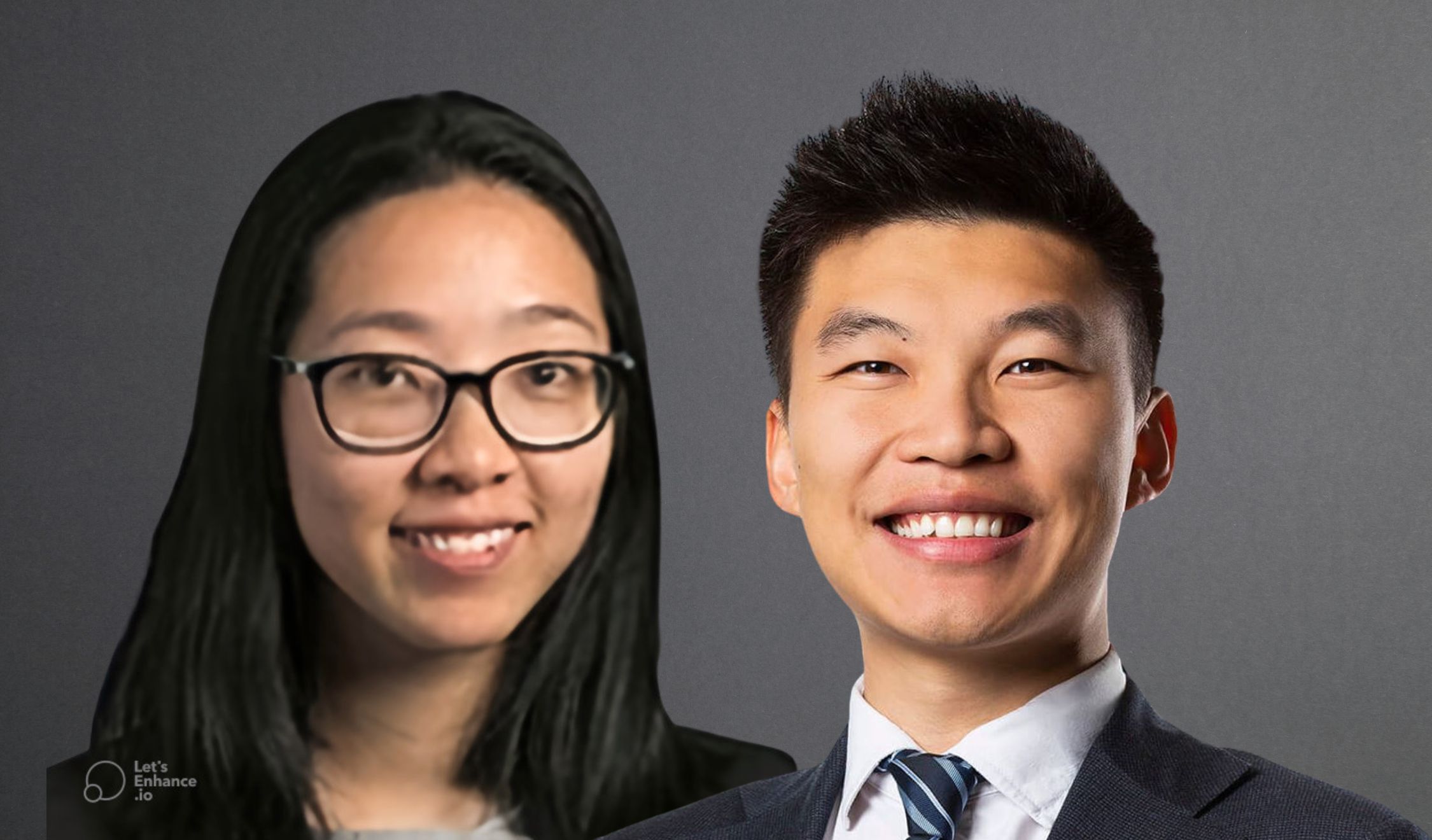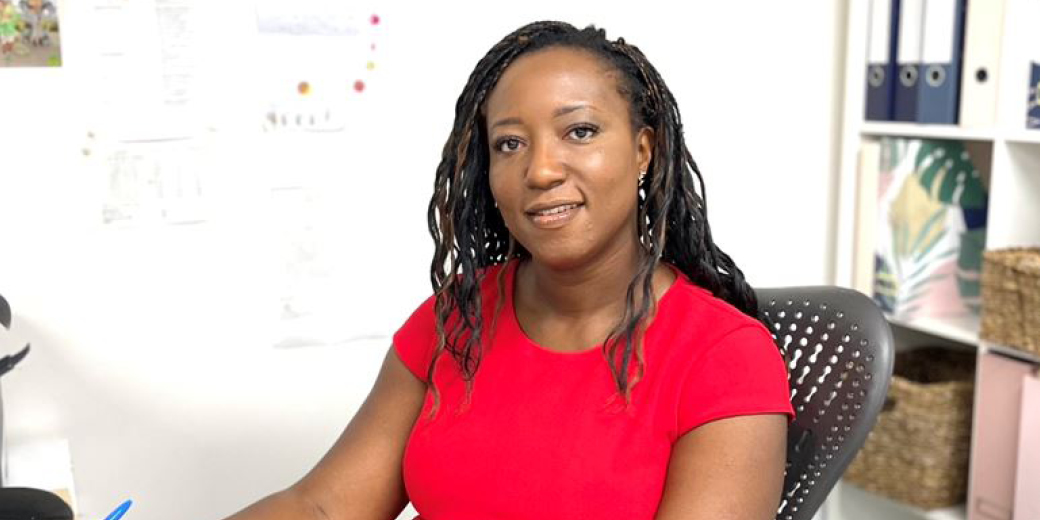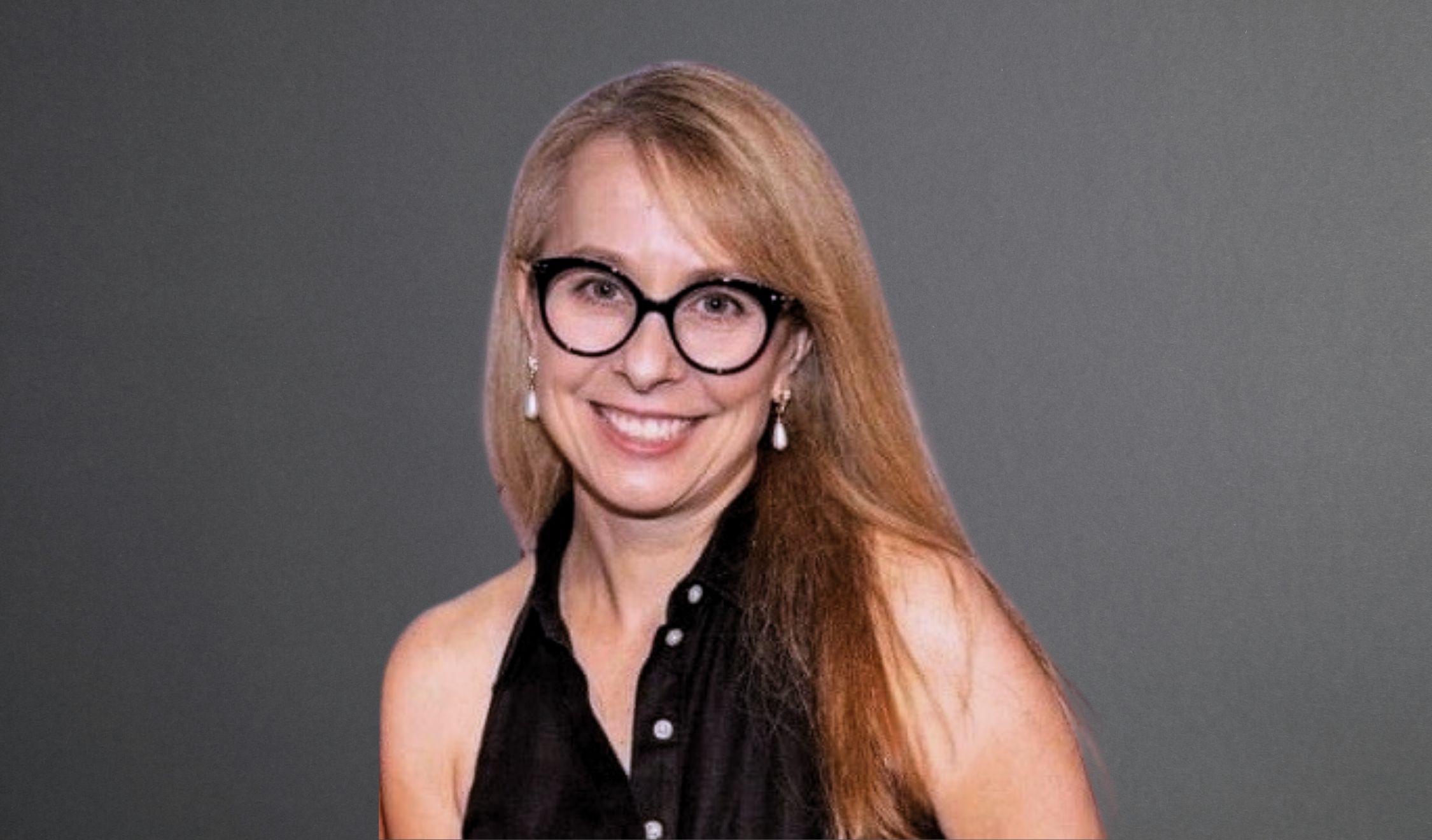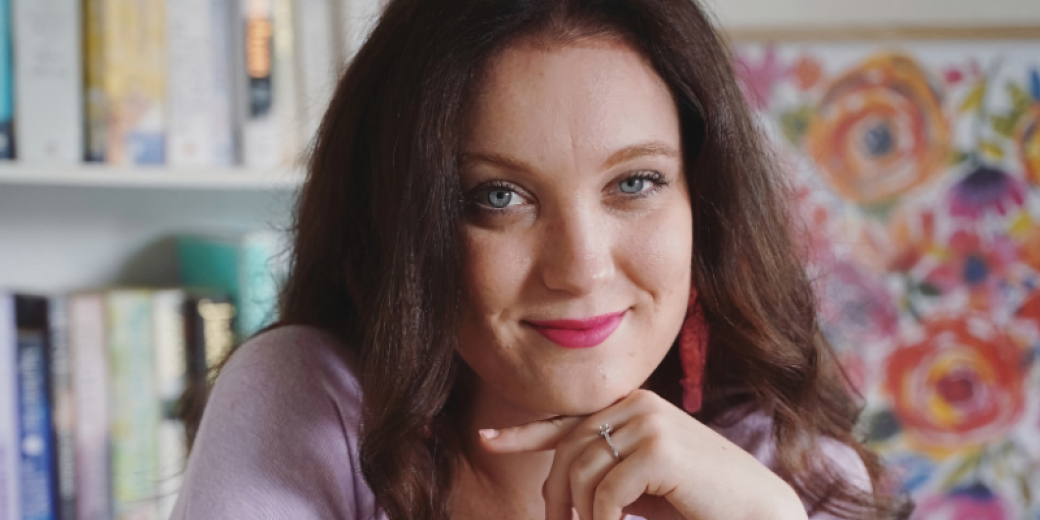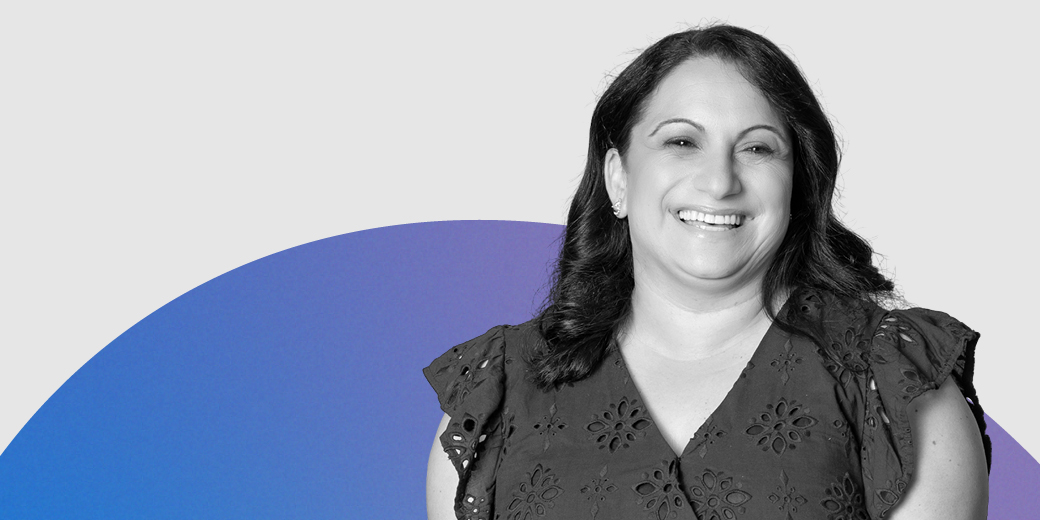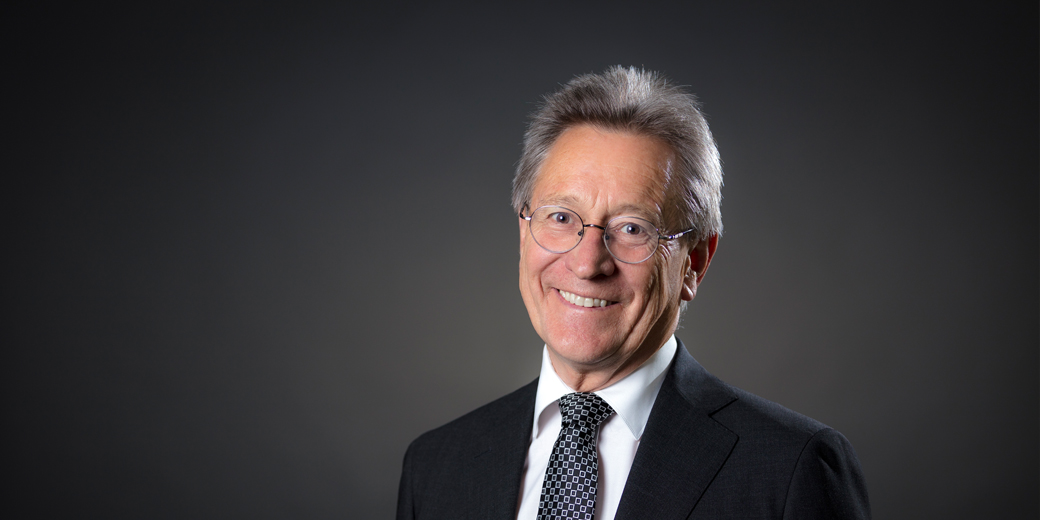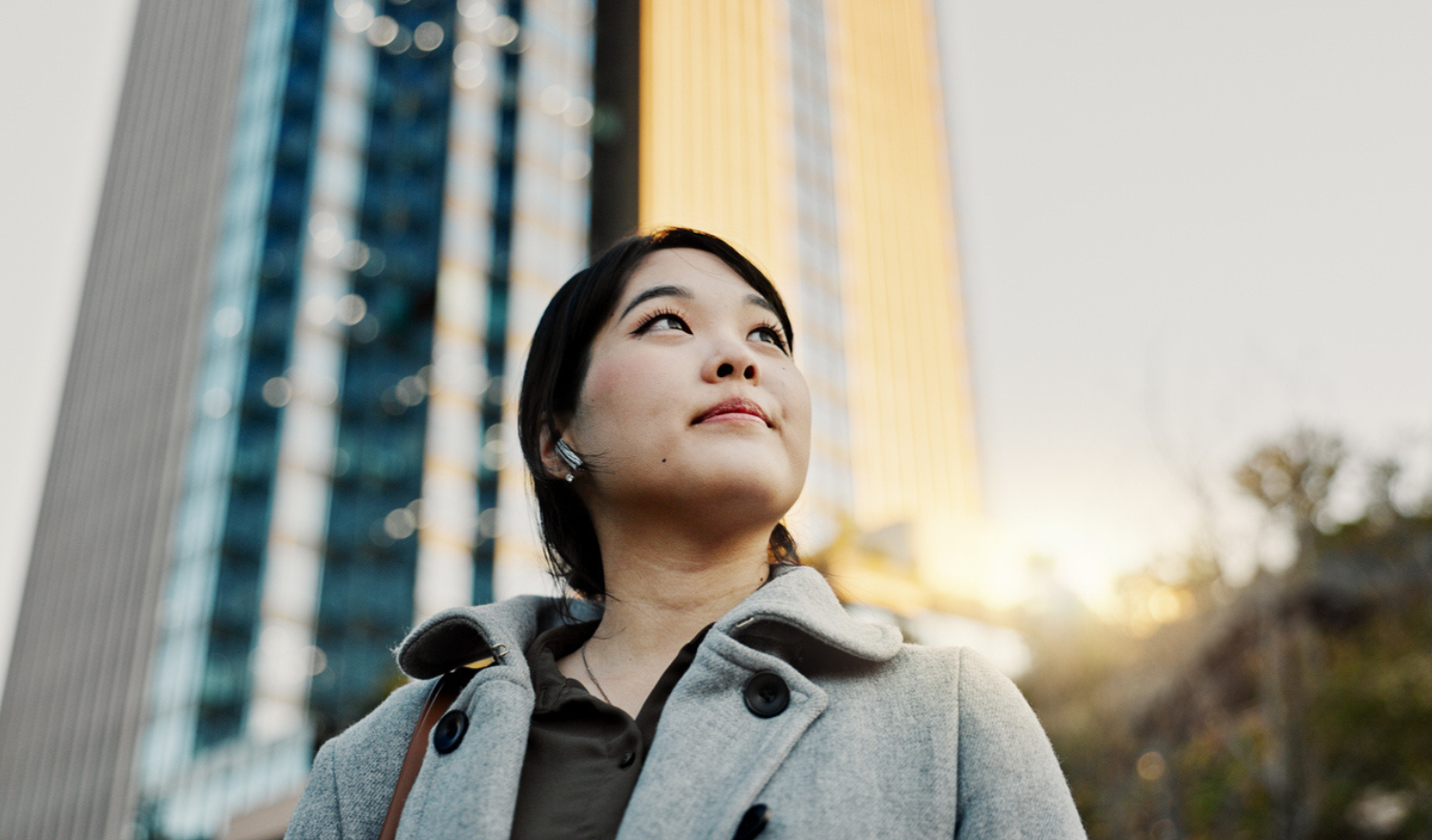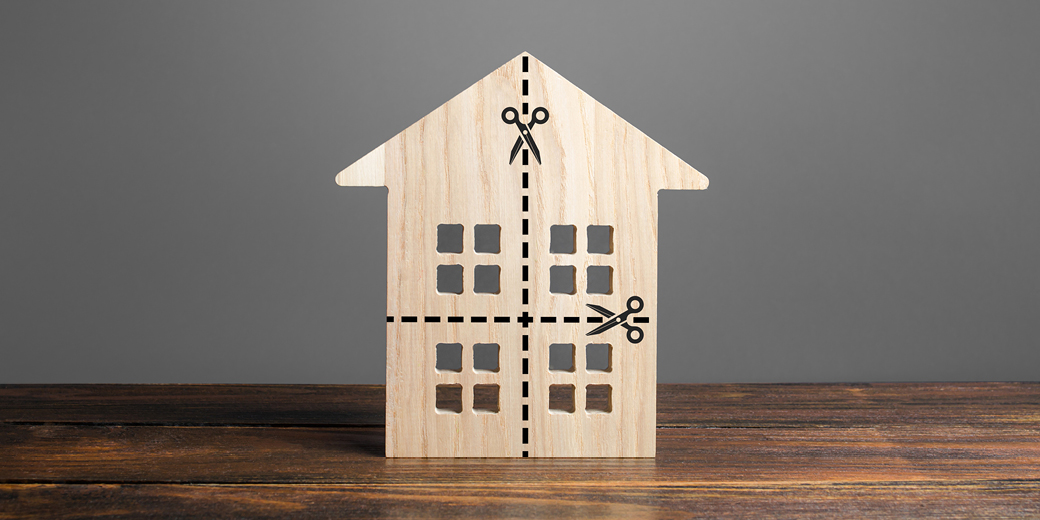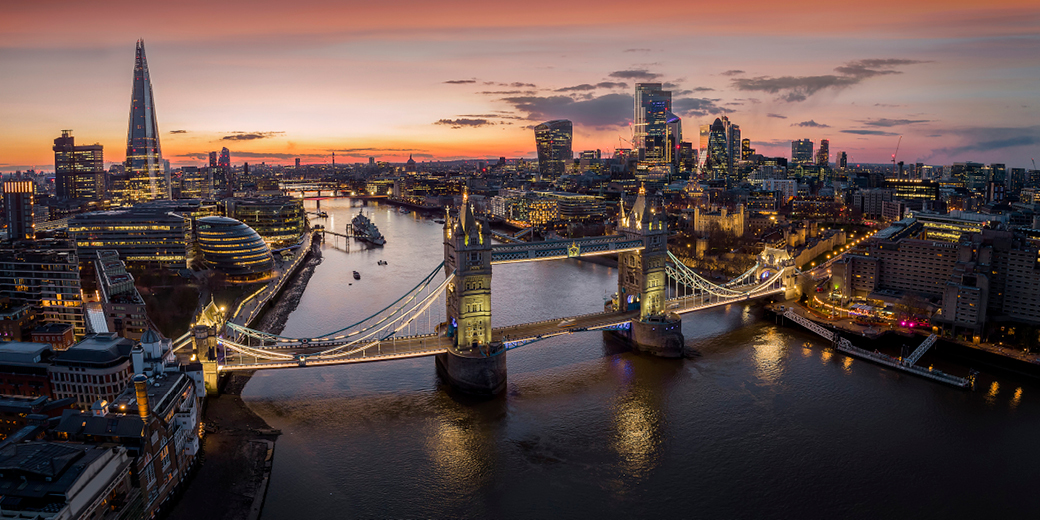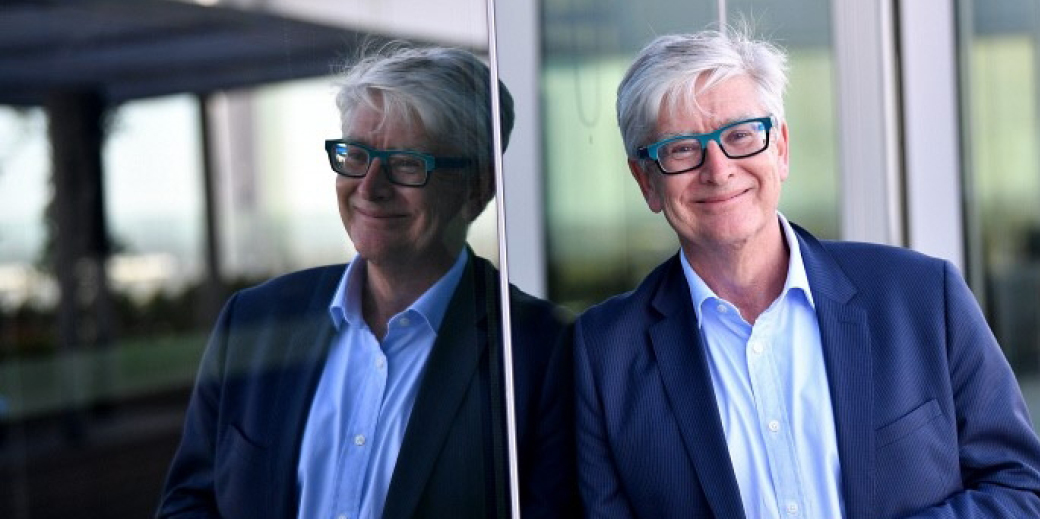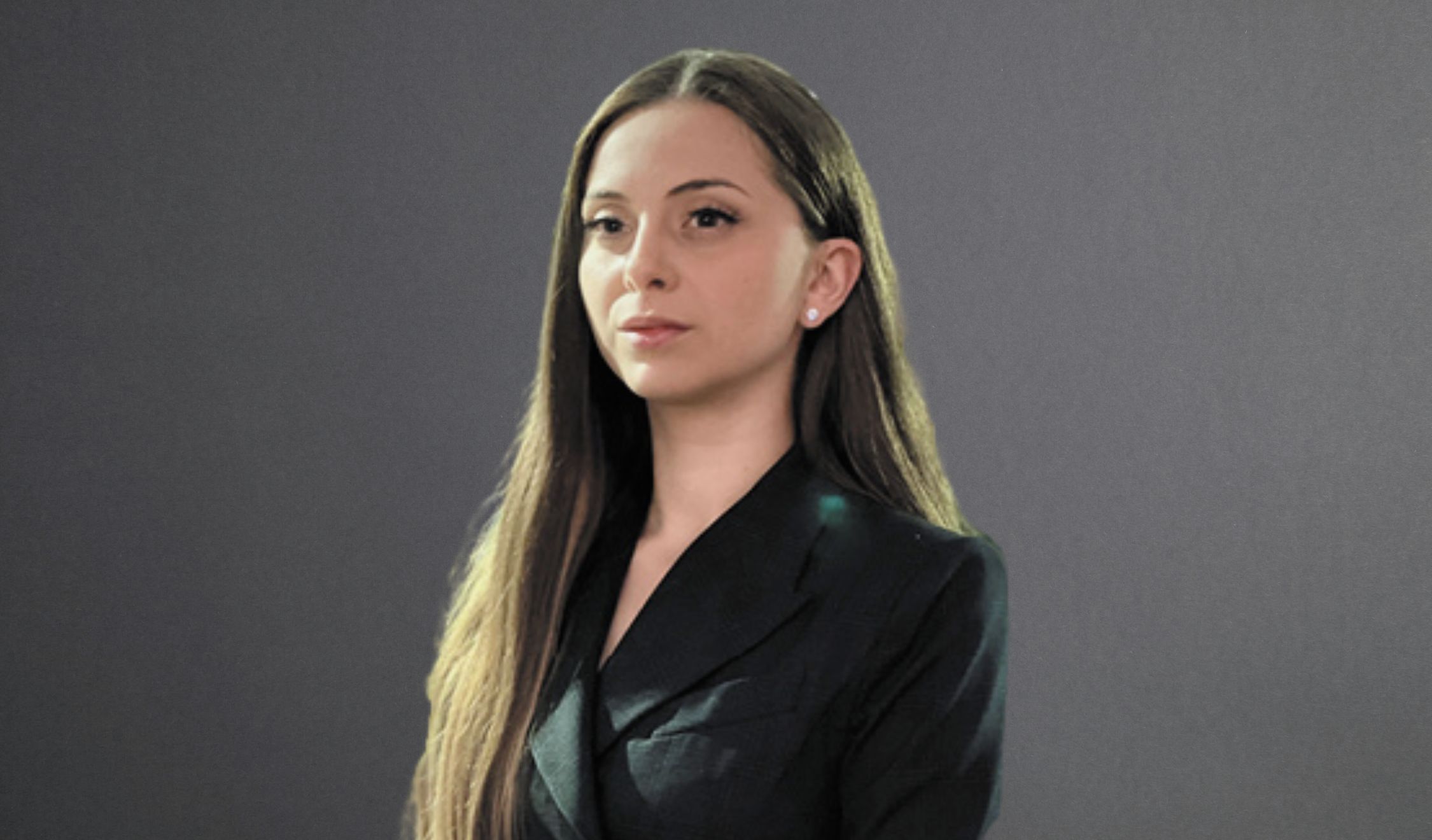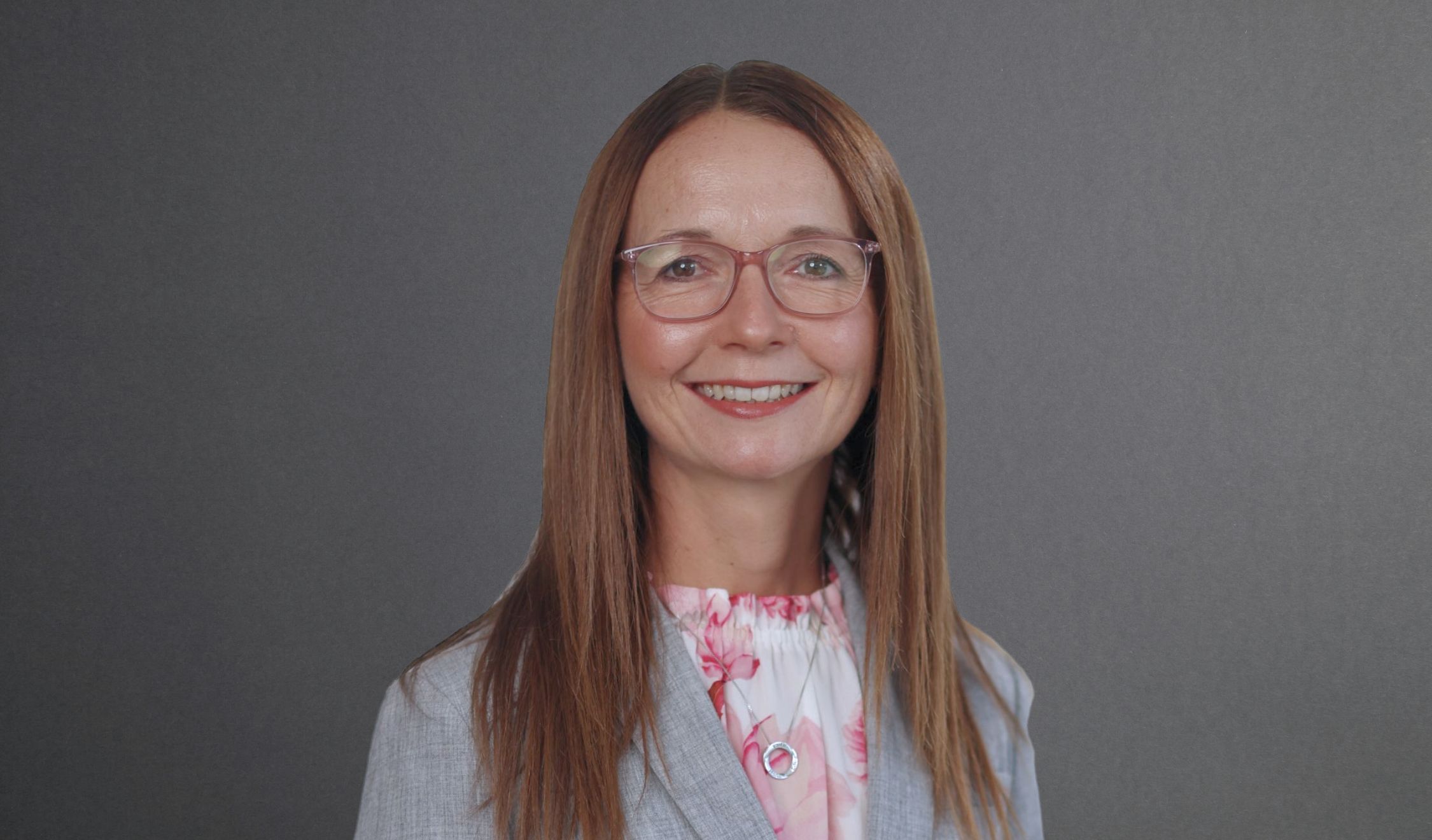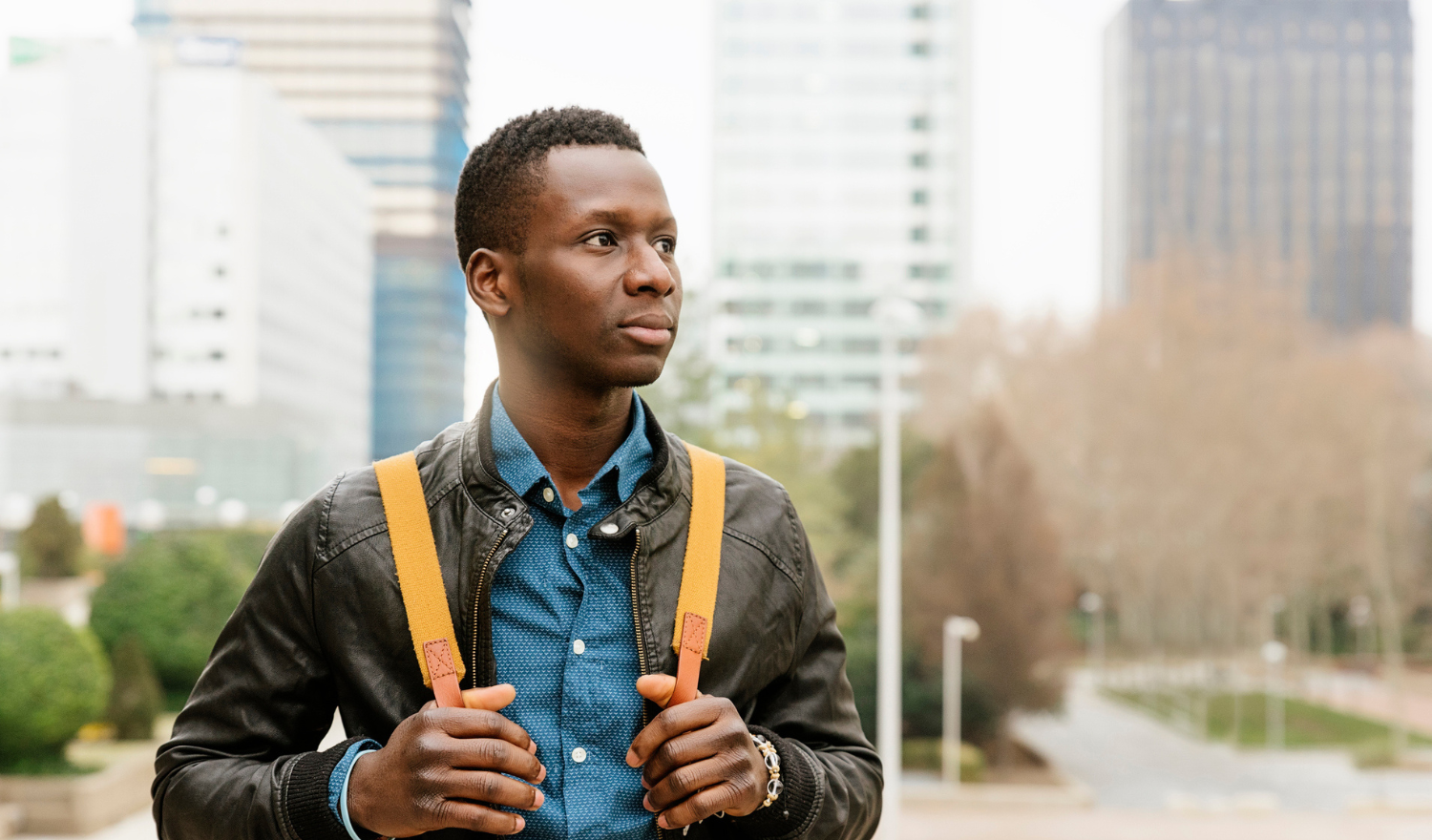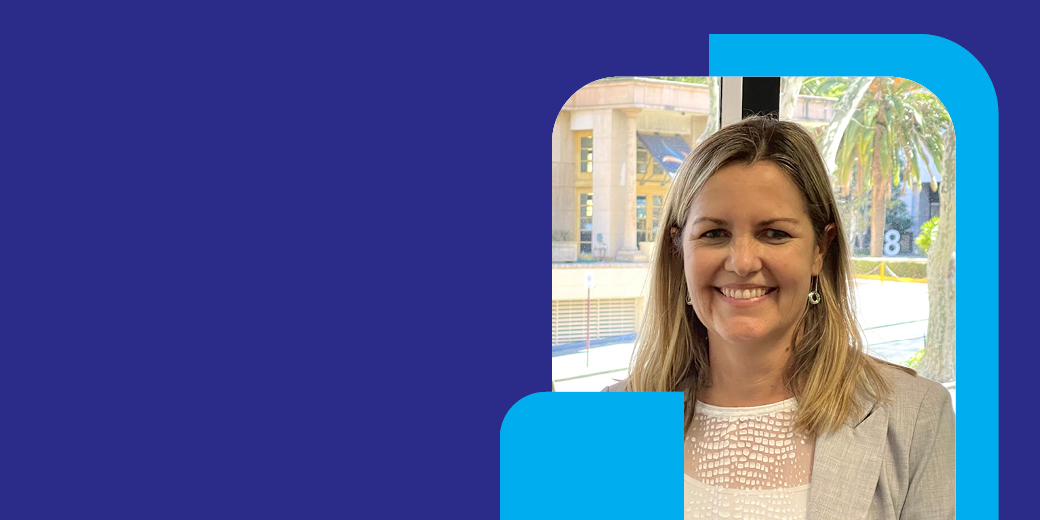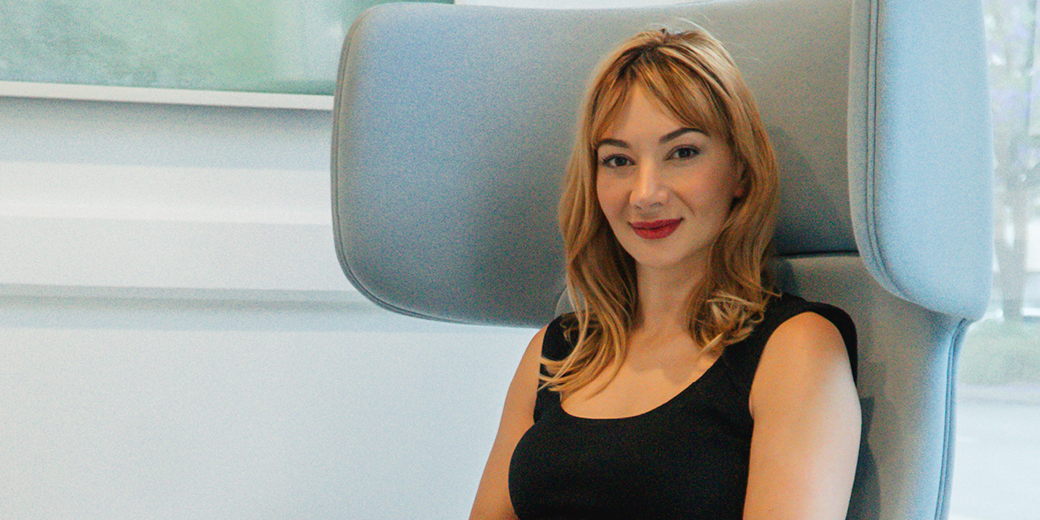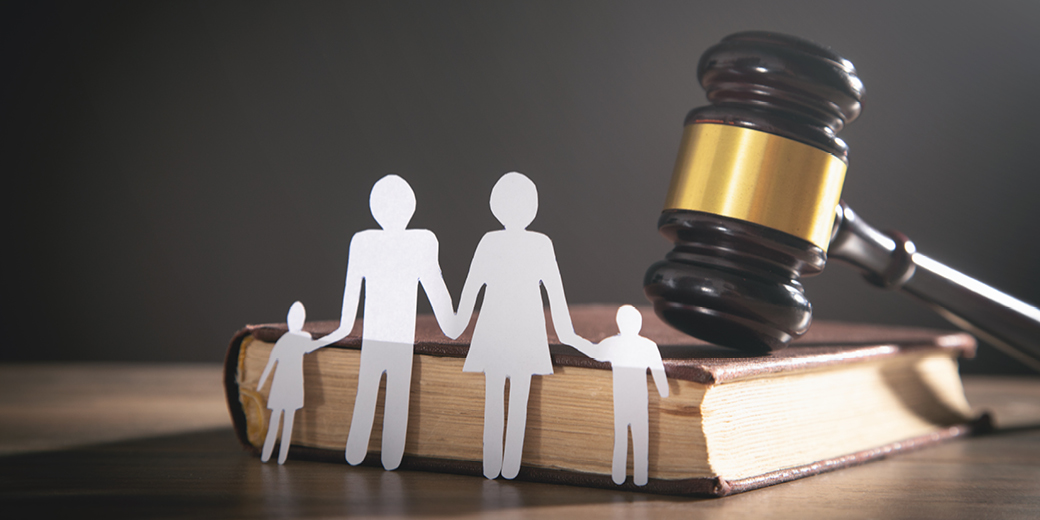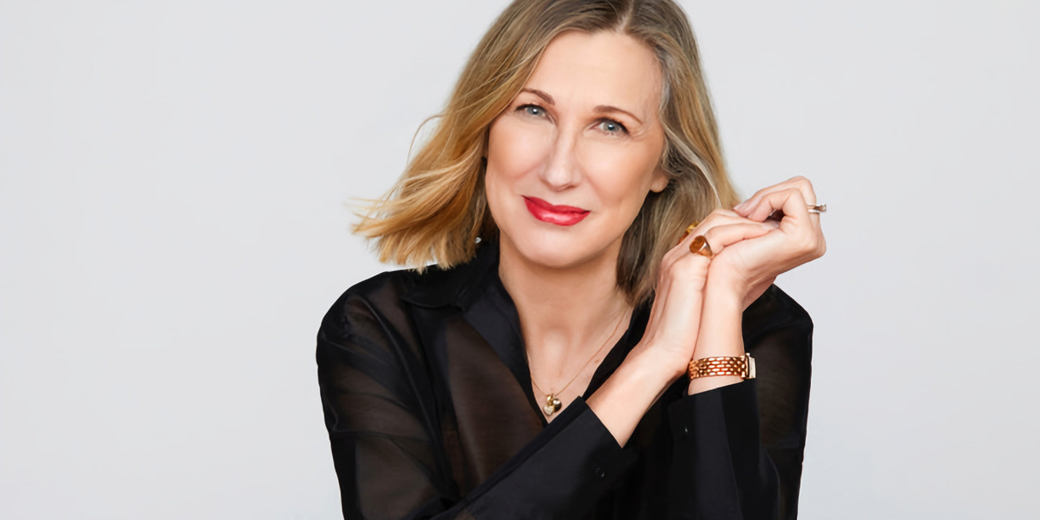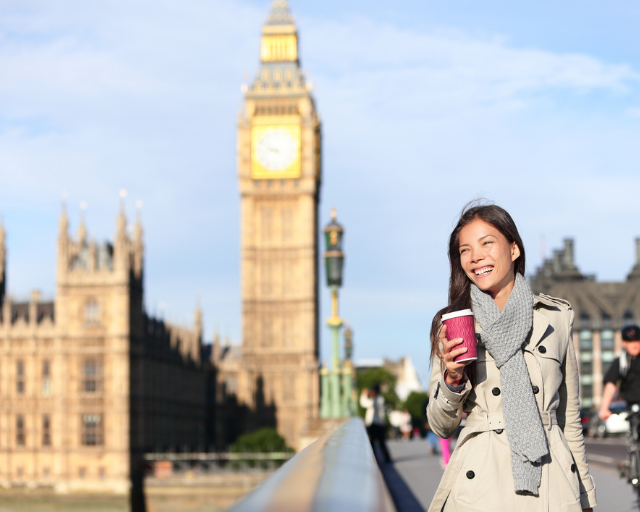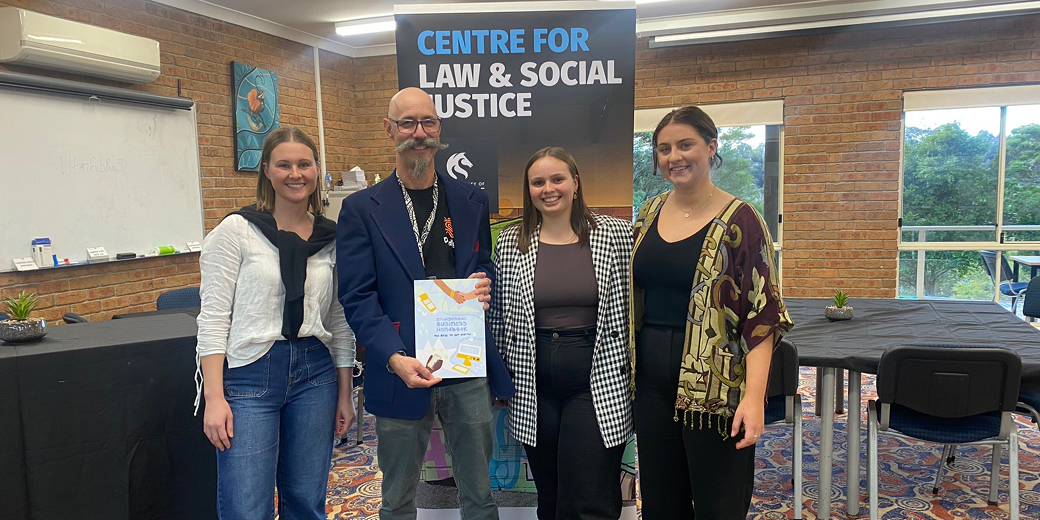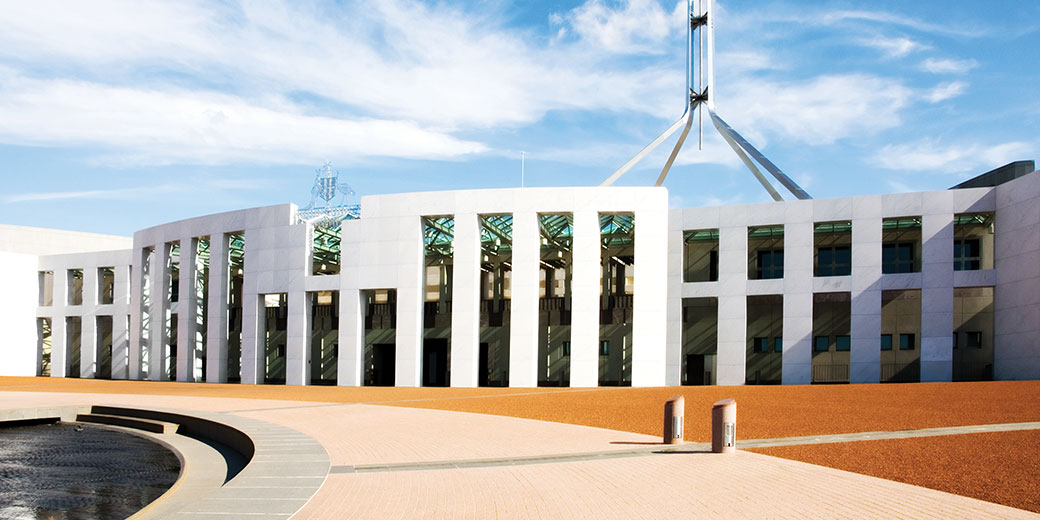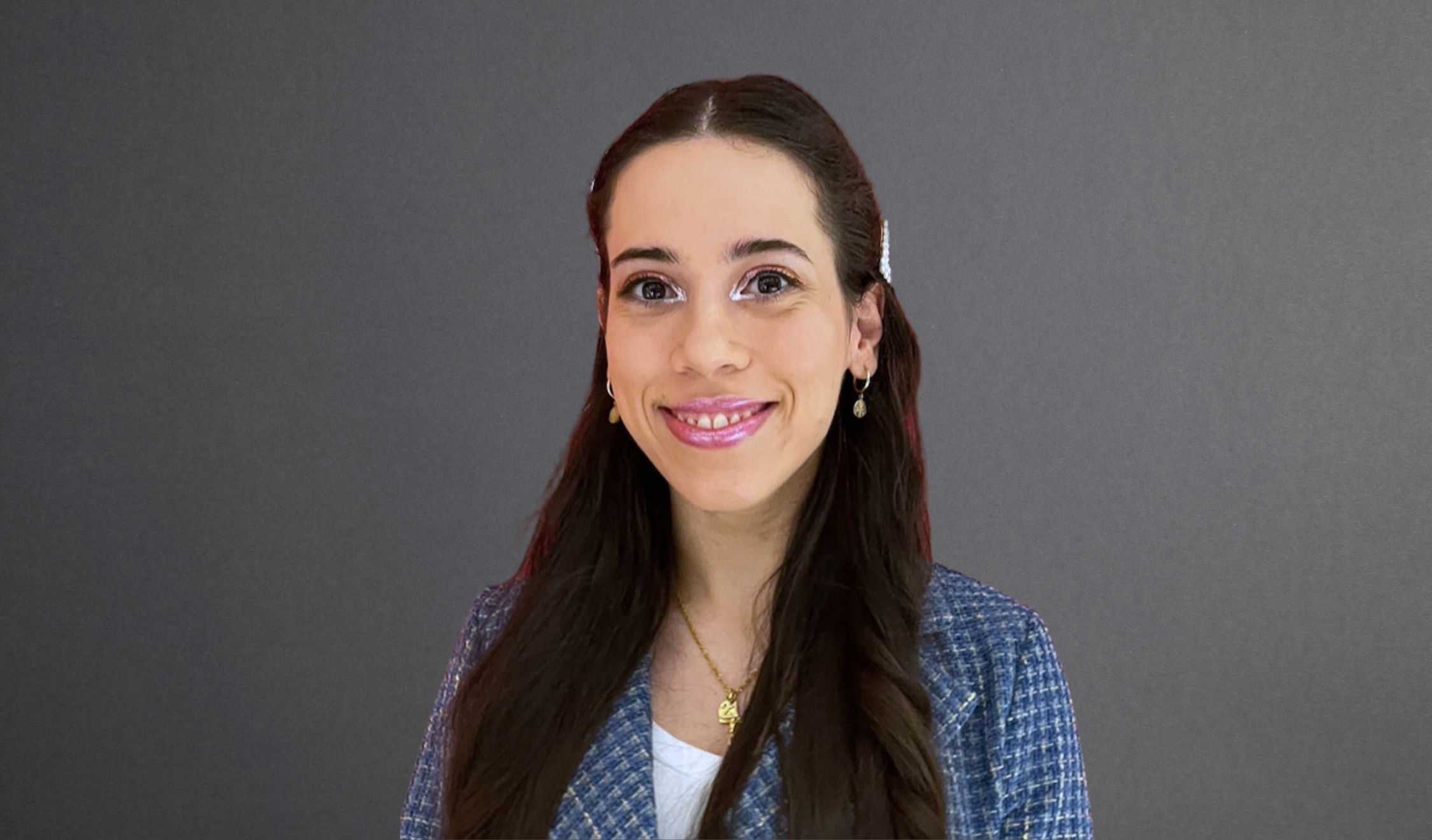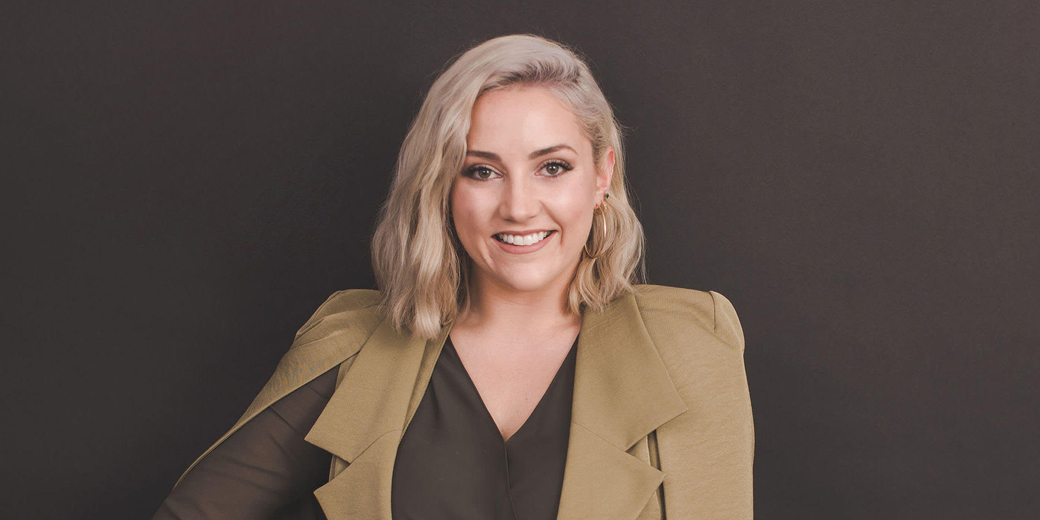The job opportunities for lawyers in America are eye-wateringly lucrative. According to the Cravath salary scale, a standardised scale used by a significant number of BigLaw US firms, first-year lawyers begin on USD215,000 plus bonus, and it only goes up from there. By fourth year, lawyers earn a salary of USD370,000. Along with the extraordinary monetary benefits, lawyers gain accelerated learning and runs on the board through high volume, quality work.
Australians hold a rare E-3 Visa status, a visa class currently exclusive to Australian nationals, making Australia one of a handful of countries (including Canada) offered special access to prized US work rights. This makes Australian lawyers particularly attractive to US law firms and you will find most international lawyers in America hail from Australia or Canada.
As the world continues to move on from Covid-19, early to mid-career lawyers are once again setting their sights on international opportunities, you may in fact be one of them. Head of US Practice at Marsden, David Nicol, and his colleague Jonathan Walmsley, Co-founder and Managing Director of Marsden Australia, have been helping connect Australian lawyers with US firms and other global hotspots for decades.
With offices in New York, San Francisco, Los Angeles and Houston, David and Jonathan have on-the-ground knowledge about which practice areas are in demand from American firms, the credentials Australian lawyers need to make the move, and how to tackle the intimidating Bar exam.
Read on for everything you need to know about taking your legal career to the bright lights of the USA.
What US firms are looking for
Unlike most international lawyers who are restricted to a challenging and unpredictable immigration lottery system if wanting to work in the US, Australian lawyers are a significant step ahead with their E-3 Visa status. This status allows American law firms to sponsor Australian lawyers in a ‘specialty occupation’ and it is a well-facilitated process. According to David, there has always been an interest in recruiting from Australia by US firms, but in recent years demand has increased.
“During 2021 there were unprecedented levels of transactional activity in the US rebounding from Covid-19, firms needed good transactional lawyers and there were literally not enough lawyers in the country,” David explains. “Australia is one of their main hunting grounds for talent, and during the transactional boom of 2021 and 2022 hiring from Australia was at an all-time high. While transactional activity may have now slowed, it is very cyclical and will be back, meaning more hiring of Australian lawyers.”
Another interesting trend Jonathan noted, is a reciprocal level of interest from Australian lawyers in taking their legal careers to the US.
“There is definitely an upward trend in interest towards the US as an alternative to London or Asia,” Jonathan says. “The most prestigious firms are often head-quartered in London or New York but with an increase in Australian lawyers relocating to the US, especially during that 2021 period, more lawyers now have access to a US-based network.
“There are also a lot of Australians who have become partners in New York law firms. These lawyers have had a significant influence on firms wanting to hire more people from Australia with backgrounds like them.”
There is little doubt that the rising cost of living has been another driver in the growing interest in working in America, where firms pay the highest salaries globally. That said, international lawyers must meet certain criteria to be an attractive candidate for a US law firm.
These criteria include a required number of years’ practice, experience in specific areas of law that translate into a US jurisdiction, and an academic threshold to meet. And even then, the doors are open to only a specific type of law firm.
“US firms are looking for top-tier lawyers with a good track record and strong credentials, they are generally willing to look at anyone from two to seven years of experience, but the sweet spot is the mid-levels,” David says. “The ranking of your firm and things like the number of moves on your CV will also impact your appeal.”
Why your level of experience matters
When Australian lawyers move to the US their experience is discounted, typically by two years, and so someone with two years of experience would generally start as a first year.
“Experience is discounted as Australian lawyers have not grown up in the US system, they haven’t got a US Juris Doctor [law degree] and they don’t know anything about this system of law,” David says. “Even so, a first-year lawyer starts on the equivalent of Australian $330,000 plus bonus and hence any drop in experience is more than compensated financially.”
Jonathan adds, “There is an upskilling period because international lawyers don’t have experience in the local jurisdiction, and so for a US firm it is a cost benefit ratio. They must represent value to the firm and to the US clients.”
For several reasons, the optimal level of experience for lawyers taking their careers to the US are those who start as a third- or fourth-year lawyer. These roles command a salary plus bonus package of approximately AUD480 000 and AUD570,000 respectively, this is the equivalent of a partner salary at most top Australian firms.
By the time a lawyer gets beyond their 8th year in an Australian firm, things become more complex for someone wanting to relocate to the US.
“US firms generally follow an ‘up or out’ model and at the seven-year mark they assess whether you are on the partner track. So, either you are making partner or pursuing an alternate path,” David says. “The other consideration for international lawyers is that beyond the seventh year, and without direct US law experience, they are not a cost-effective option in terms of charging out to clients.”
The role of a sixth-year lawyer in the US also involves different responsibilities.
“A sixth-year lawyer in the US has to supervise and lead teams, this is really hard to do if you have not sat the Bar yet, have the appropriate qualifications, or knowledge of the jurisdiction,” Jonathan explains.
Where do the opportunities lie?
For international lawyers, job opportunities are generally confined to US law firms; in-house or Government roles are unlikely. Firms are prepared to work with international lawyers on their upskilling and will pay for (and work around) their Bar accreditation. Government bodies and in-house legal teams are not.
“For the first six months the firm bears the cost of upskilling lawyers including sitting the Bar, these firms have the infrastructure and the system down pat,” Jonathan says. “Most in-house teams don’t have the infrastructure or capability to get a lawyer up to speed and there are some firms that are not prepared to go through this process.”
Lawyers (with Australian law degrees) can only sit the Bar in specific states, the most common being New York, California and Texas. There are one or two other states, but the requirements vary significantly between jurisdictions.
US firms adhere strictly to state rules on where a lawyer has been accredited and therefore what jurisdiction they can practice. If you want to live and work in New York, firms will insist on you being admitted in New York. If you move states within the US, you will have to take another Bar exam unless there is reciprocity and you can “waive in”. A move between New York and California for example will mean you have to pass another challenging Bar exam.
There are certain areas of law that are transferrable to the US. Generally speaking it is transactional lawyers with a heavy weighting to corporate and finance lawyers: mergers and acquisitions, private equity and debt finance.
“Capital markets tend to be cyclical and so we see a lot of lawyers make the move when the capital markets are booming. Tech transactions are also quite cyclical,” David says. “An area that is driving the US economy right now is energy and energy infrastructure. So project development lawyers and project finance lawyers are in high demand.
“There is also a huge amount of work in energy transition/renewables.”
Jonathan agrees that renewable energy M&As and project finance is booming right now, along with activity in investment funds and restructuring. Jonathan also notes that there is very little demand for international litigators, a growing trend over the last decade.
How do you tackle sitting the Bar exam?
Most Australian lawyers David and Jonathan place within US firms will not have sat the Bar exam prior. The hiring firm generally covers the exam cost and the preparation course fees through a recommended provider such as BARBRI.
Normally lawyers will start work with a firm and then take leave to sit the exam. This typically involves two weeks of paid leave and two weeks of unpaid leave for study. The exam occurs twice a year in February and July.
“It is a lot to juggle, a new firm, new jurisdiction, getting your head around new transactions and then also studying and sitting for the Bar,” David says. “The first six to 12 months in a lawyer’s life moving to the US is challenging; you are generating a lot of hours and then coming home and studying for the Bar.”
Preparation for the Bar exam involves learning a high volume of material.
“There are a number of firms that prefer lawyers to do the exam before they start work and hence coordinate start dates around the February and July exam sittings so lawyers can start work after having sat the Bar,” Jonathan explains.
There is an argument for taking the Bar before applying to firms and both David and Jonathan agree this makes for an attractive international candidate.
“Employers would prefer it if people have already sat and passed the Bar, it makes you more marketable to firms as they don’t cover the cost and you are ready to go from a regulatory standpoint,” David says. “But it’s just one of the factors a firm looks at to assess someone’s credentials.
“There’s years of experience, practice area, your deal sheet, the ranking of your firm, the strength of your team and stability in your employment history. But sitting the Bar can help lift you up if you are slightly falling down in other areas.”
Jonathan says another important factor is strong academic credentials.
“If an Australian lawyer did not perform well in their law degree, they are unlikely to be considered by a US law firm. That said, if they went on to attend a top US law school to do an LLM, and do well, combined with a strong employment track record, they could overcome that barrier.”
How to assess if a move to the USA is right for you
While the financial benefits are significant, as are the career enhancement opportunities, it is not what David or Jonathan would describe as a lifestyle choice.
“The attitude of most Australians heading to New York, Los Angeles or San Francisco, is not about the move being a lifestyle choice, they are moving for the work opportunity, for the prestige of the deals, the prestige of the market and for the accelerated learning experience,” David says. “But they feel fairly compensated.”
The average billable hours target in the US is 2100 hours, while in Australian firms it is more likely to sit between 1650 and 1800 hours.
“There is a slightly different working culture in the US, they tend to do a bit more weekend work, while in Australia, it is condensed within the working week,” Jonathan says. “Lawyers wherever they work are busy when the work is there. If there is a deal to be done, they will do it, but the hours will vary from firm to firm.”
Moving internationally to the US or UK legal markets can make your CV really stand out.
“Most of the world’s major global transactions are governed by US or UK law. Also, most of the global headquarters are in New York or London, and sometimes on the west coast of the US or Houston, particularly for energy-led firms,” Jonathan says.
Gaining several years of international experience at a top US or UK law firm can help set up your career. It can help distinguish you from other lawyers and it is a path quite a few highly successful Australian law firm partners have taken. According to Jonathan, it can also be a great way to build up connections and obtain referral work from US firms that aren’t based in Australia.
David would like to emphasise the all-important access to accelerated learning.
“Along with the prestige of the deals and the size of the market, in a short space of time you will get more deals turning over. If you are in a busy team, and say a private equity lawyer, there will be a multiple of the number of deals you would do in the same year in Australia.”
Those who have gone before you
For some lawyers the US experience is just a few years, for others, it is a lifetime move.
“Through my career I have watched lawyers go for maybe a couple of years and then return, although I have noticed a shift towards lawyers staying longer and longer,” Jonathan says. “They are drawn to the high earning potential; they might make partner and then it becomes a life choice.”
David and Jonathan describe moving to the US legal market as a “sliding doors moment” for many young lawyers.
“It is the most exciting thing for us to work on, shooting people’s careers to the stars, the opportunities are just exponential,” David says. “It can genuinely change lives.”








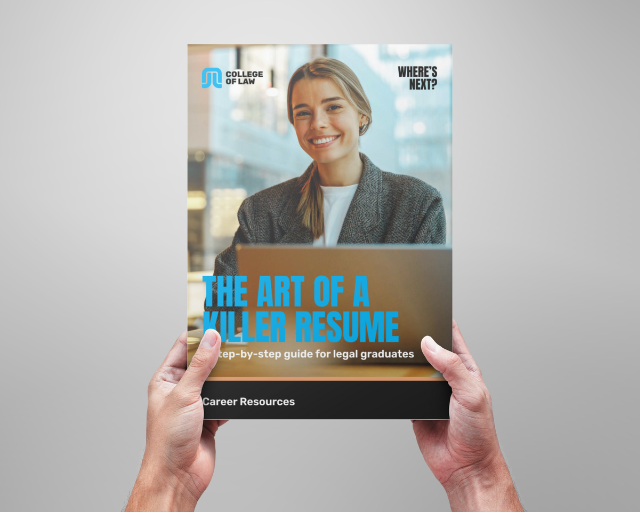




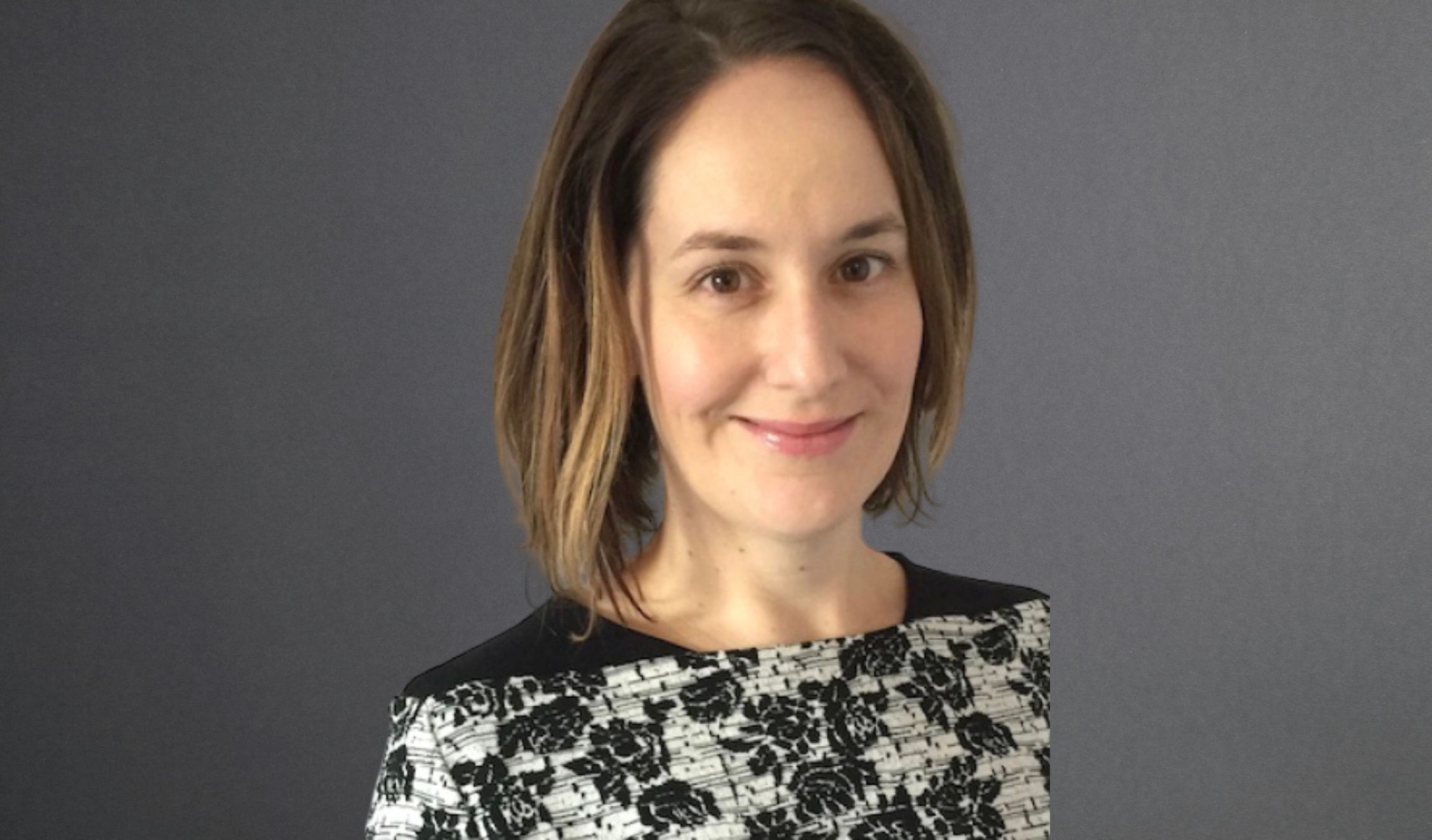

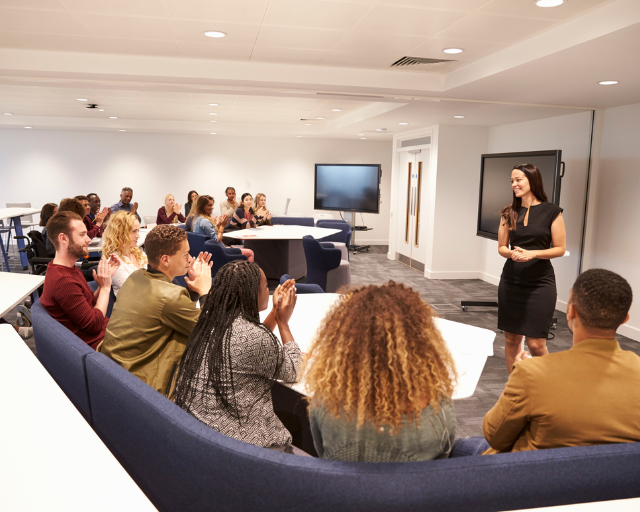


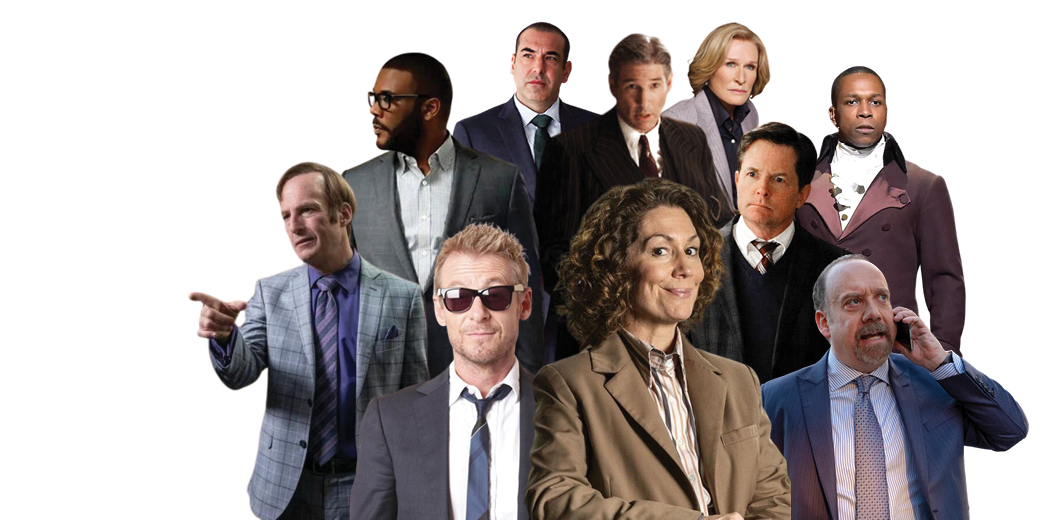







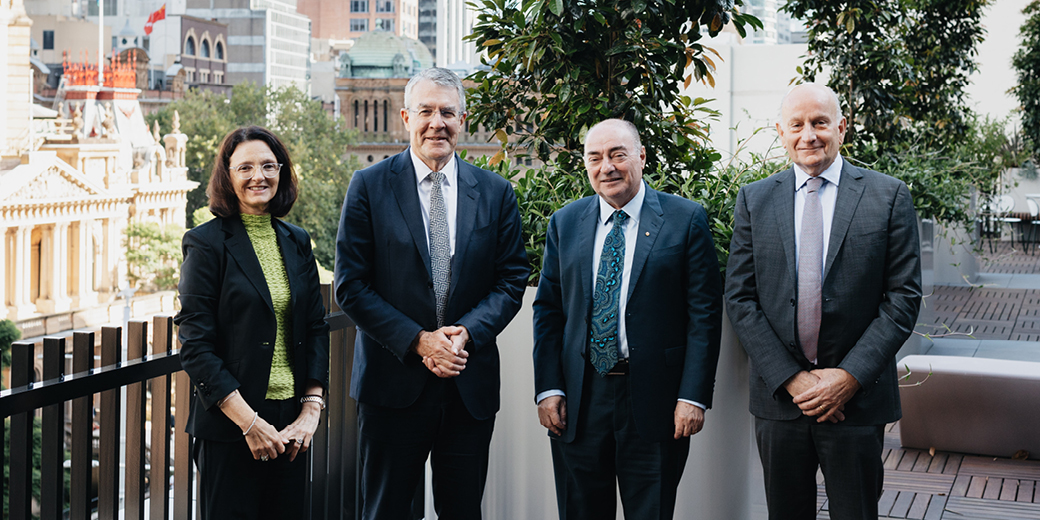

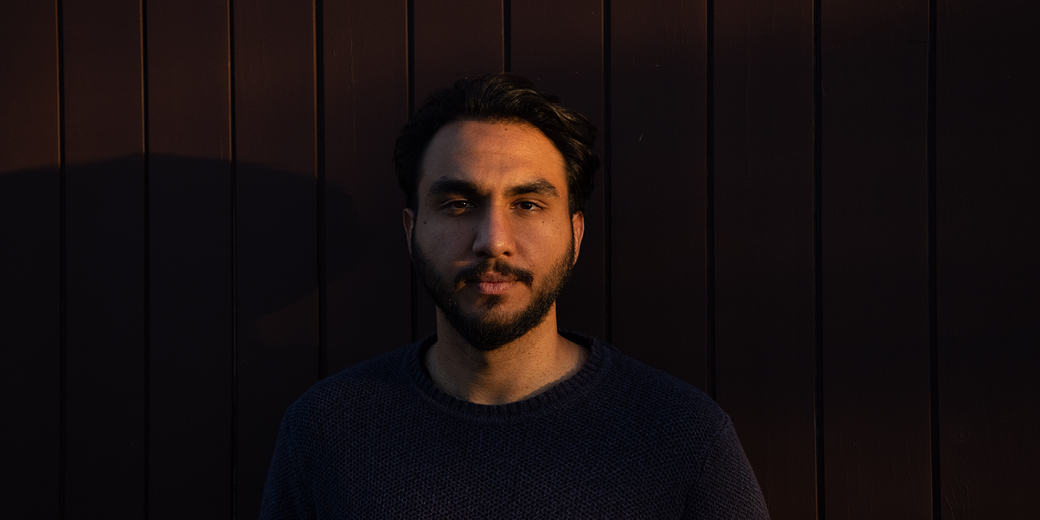










![How to handle Direct Speech after Gan v Xie [2023] NSWCA 163](https://images4.cmp.optimizely.com/assets/Lawyer+Up+direct+speech+in+drafting+NSW+legislation+OCT232.jpg/Zz1hNDU4YzQyMjQzNzkxMWVmYjFlNGY2ODk3ZWMxNzE0Mw==)





